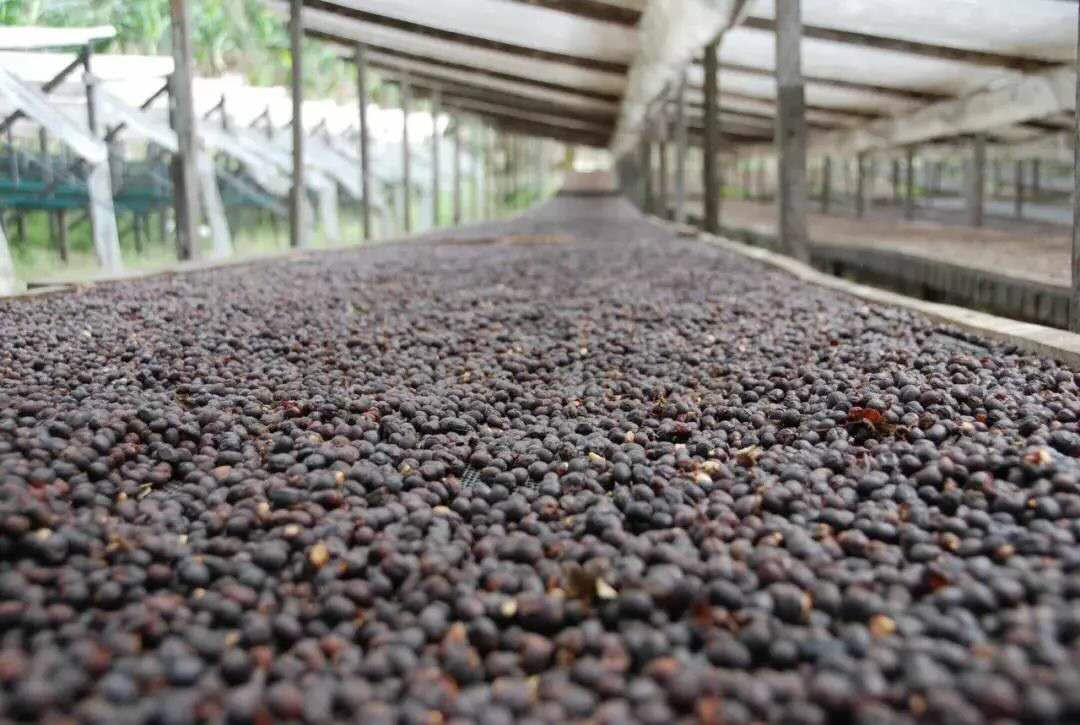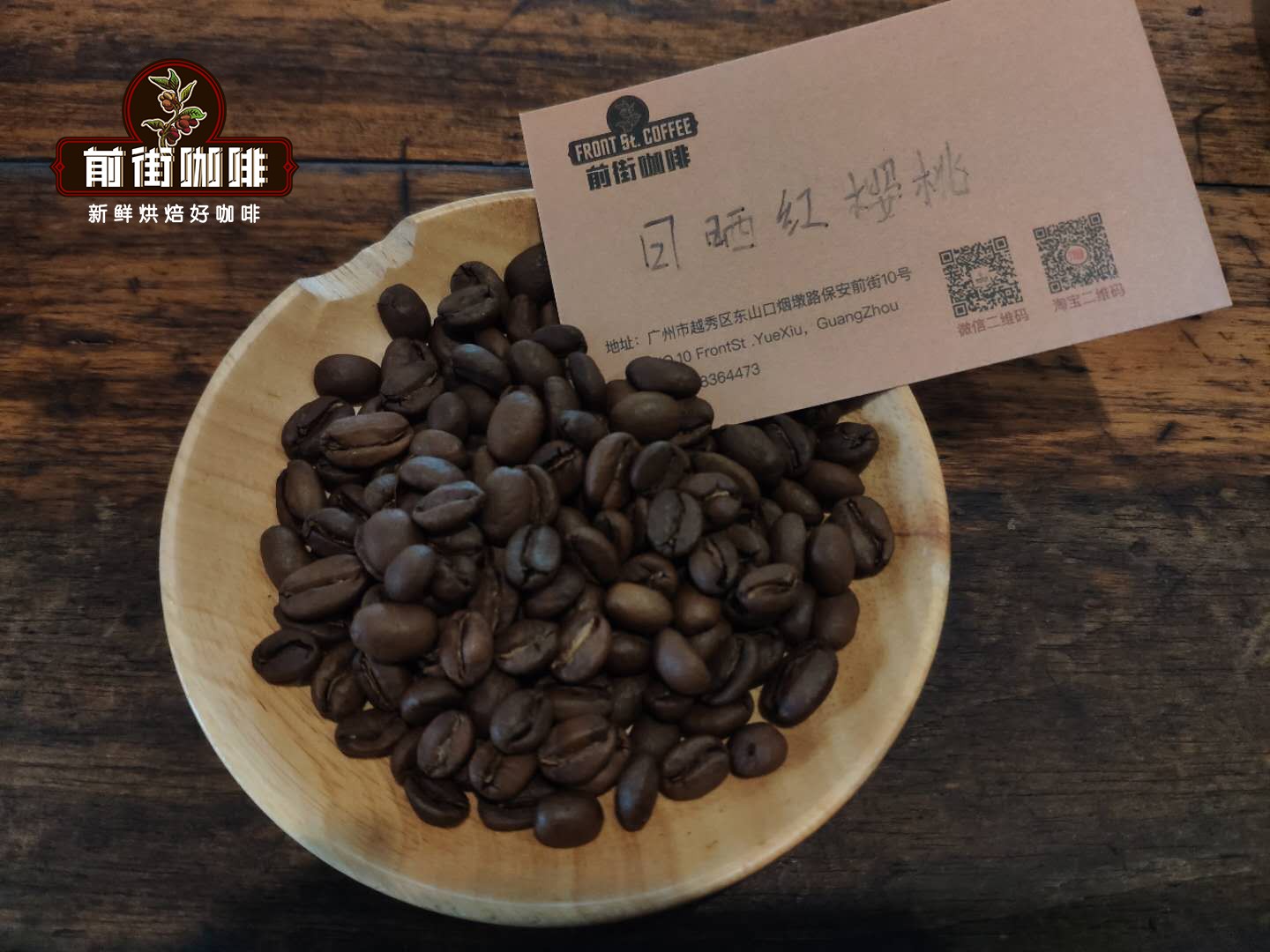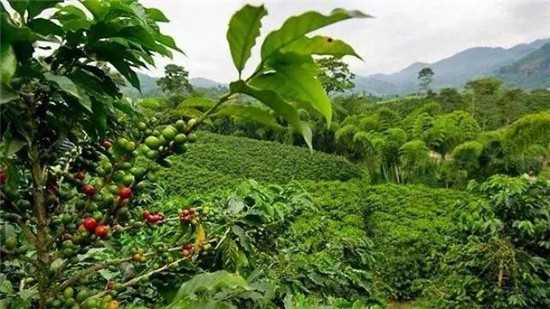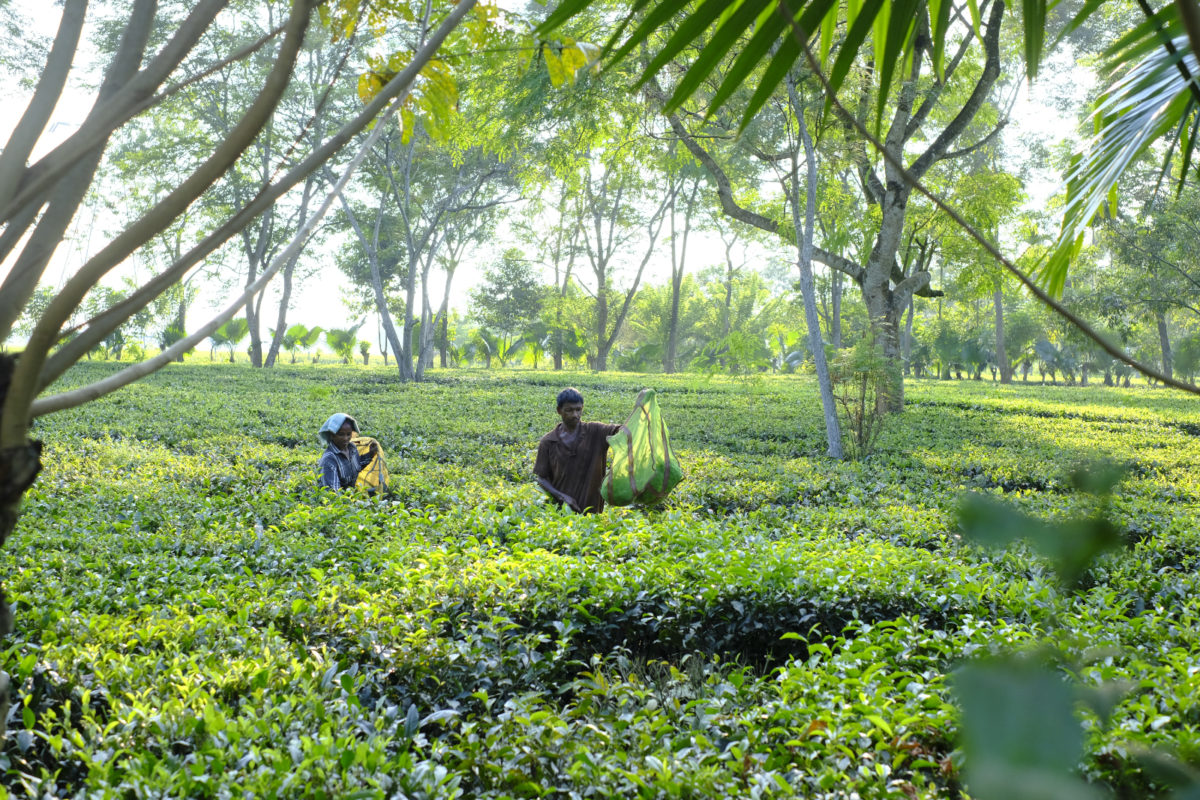What are the steps of sun treatment? What are the characteristics of sun treatment? Basic knowledge of coffee flavor performance of sun treatment.
How good a coffee bean tastes depends on three things: the environment in which it was grown, how it was processed, and how it was roasted.
Today's explanation is its processing process, processing method has always been an important part of coffee, as the process of shelling beans, different processing methods and quality will directly affect the final flavor presentation of coffee. Let's share the sun treatment below.

exposed to sunlight
Solarization is an ancient method of processing green beans and is common in dry, warm, sunny areas. Now, the fruity tone that sun treatment brings to coffee has led coffee growers around the world to risk sun treatment.
The sun treatment is also divided into traditional sun and fine sun two kinds.
traditional solarization
The natural process is quite labour-intensive, hand-harvested high-sugar cherries, first placed in the African elevated shed sun for about 10 days, and then placed in the plastic cloth-covered greenhouse, creating more direct heat, continuous drying, or the harvested coffee cherries directly placed in their own yard for sun drying, until the moisture content reaches 11.5%.
The slow drying process allows the beans to develop more natural sweetness from the inside, but it also requires more careful care and careful calculation of the number of turns. At the end, the red cherries turn black, giving off aromas of fruitcake, caramel and even sherry.
Exquisite sun exposure
In recent years, with the coffee market's pursuit of more extreme coffee flavor, many experienced and capable practitioners have begun to manipulate the details of the sun treatment process to produce higher quality coffee beans and demonstrate the possibility of coffee flavor.
For example, through the sugar meter and other instruments to determine the picking time of coffee red fruit, the coffee with consistent maturity will taste cleaner, and the red fruit with higher sweetness will also increase the sweetness of coffee; use a special high-rise sun table, so that the berries have more air convection, drying effect will be more uniform.
solarization process;
Collection & Screening
After picking, the coffee fruits will be manually selected for screening, and the defective coffee fruits in the coffee fruits, including overripe, immature, worm-eaten, etc., of course, there are foreign matters other than fruits.
drying
After screening, the coffee fruit will be sent to the drying place for drying. Different drying racks may be used in different areas. Some will be waterproof cloth, some will be high bed, some will be cement ground, etc., and the drying time will be 3 to 4 weeks on average. The drying process will not be completed until the coffee moisture content drops to 11%. After drying, the coffee fruit is sent to a processing plant for peeling and even polishing. The skin and pulp will be removed in this step.
Screening & Storage
After peeling, the green coffee beans are screened again to remove the bad coffee beans. This reflects the quality of the coffee drying process, excessive drying of coffee beans will be more fragile, peeling process will be broken into debris; and insufficient drying of coffee beans too much water, excessive water activity, easy to breed bacteria, mildew and so on.
After screening, it is sent to the warehouse for storage until export.

Important Notice :
前街咖啡 FrontStreet Coffee has moved to new addredd:
FrontStreet Coffee Address: 315,Donghua East Road,GuangZhou
Tel:020 38364473
- Prev

How are the top ten coffee in Ethiopia grown? Introduction to the planting model of coffee beans in Ethiopia
The six modes of growing coffee in Ethiopia are the most diversified in the world. People are usually divided into two large planting environments according to the degree of vegetation cover. The first type is the forest environment with shade trees. The second type is directly in the full sun environment, and these two types of environments derive six kinds of environment.
- Next

Assam black tea production sustainable development story Assam fine black tea famous tea garden introduction
In a world that prioritizes marketing and capitalism (especially as consumers), we can easily become victims (and perpetrators) of potential ethnotourism or environmental tourism, which has harmful local effects. Folk Tea is committed to transparency, which includes the option of visiting farms. such
Related
- Beginners will see the "Coffee pull flower" guide!
- What is the difference between ice blog purified milk and ordinary milk coffee?
- Why is the Philippines the largest producer of crops in Liberia?
- For coffee extraction, should the fine powder be retained?
- How does extracted espresso fill pressed powder? How much strength does it take to press the powder?
- How to make jasmine cold extract coffee? Is the jasmine + latte good?
- Will this little toy really make the coffee taste better? How does Lily Drip affect coffee extraction?
- Will the action of slapping the filter cup also affect coffee extraction?
- What's the difference between powder-to-water ratio and powder-to-liquid ratio?
- What is the Ethiopian local species? What does it have to do with Heirloom native species?

